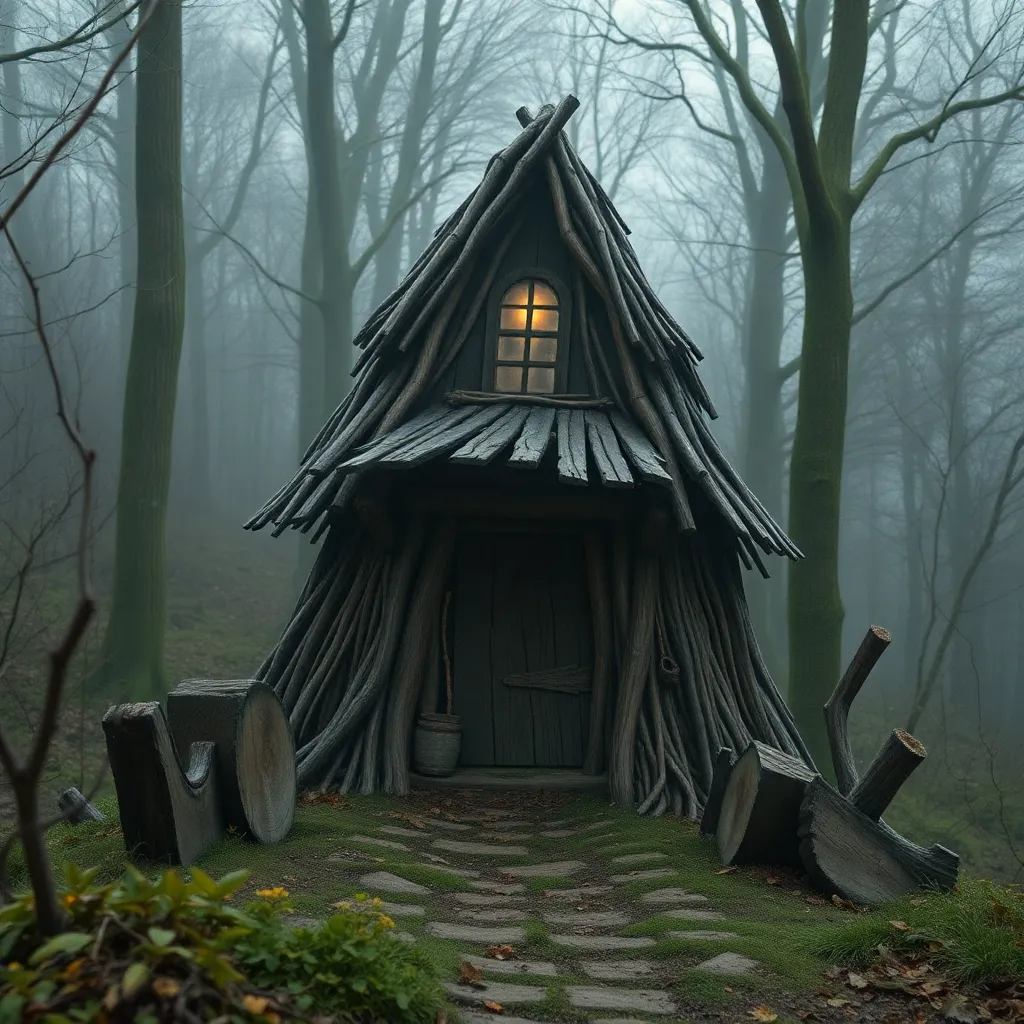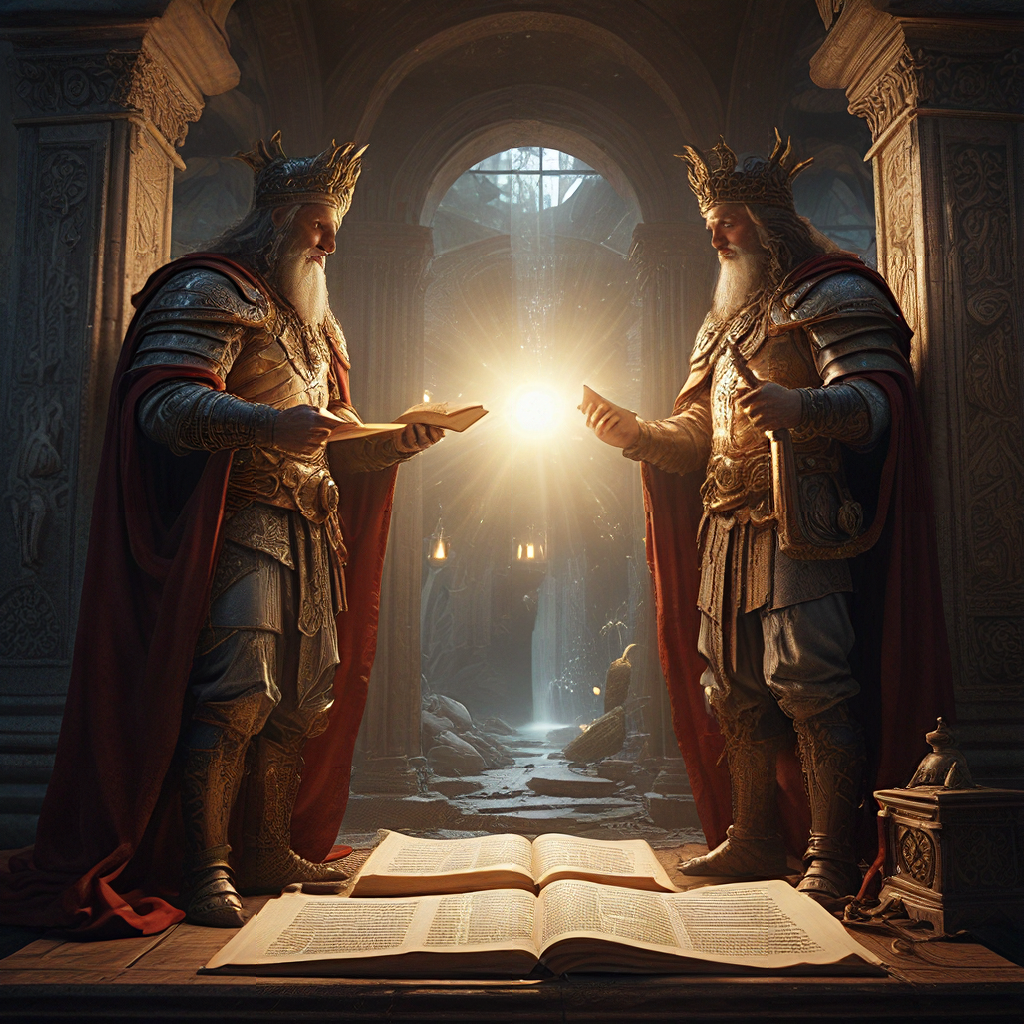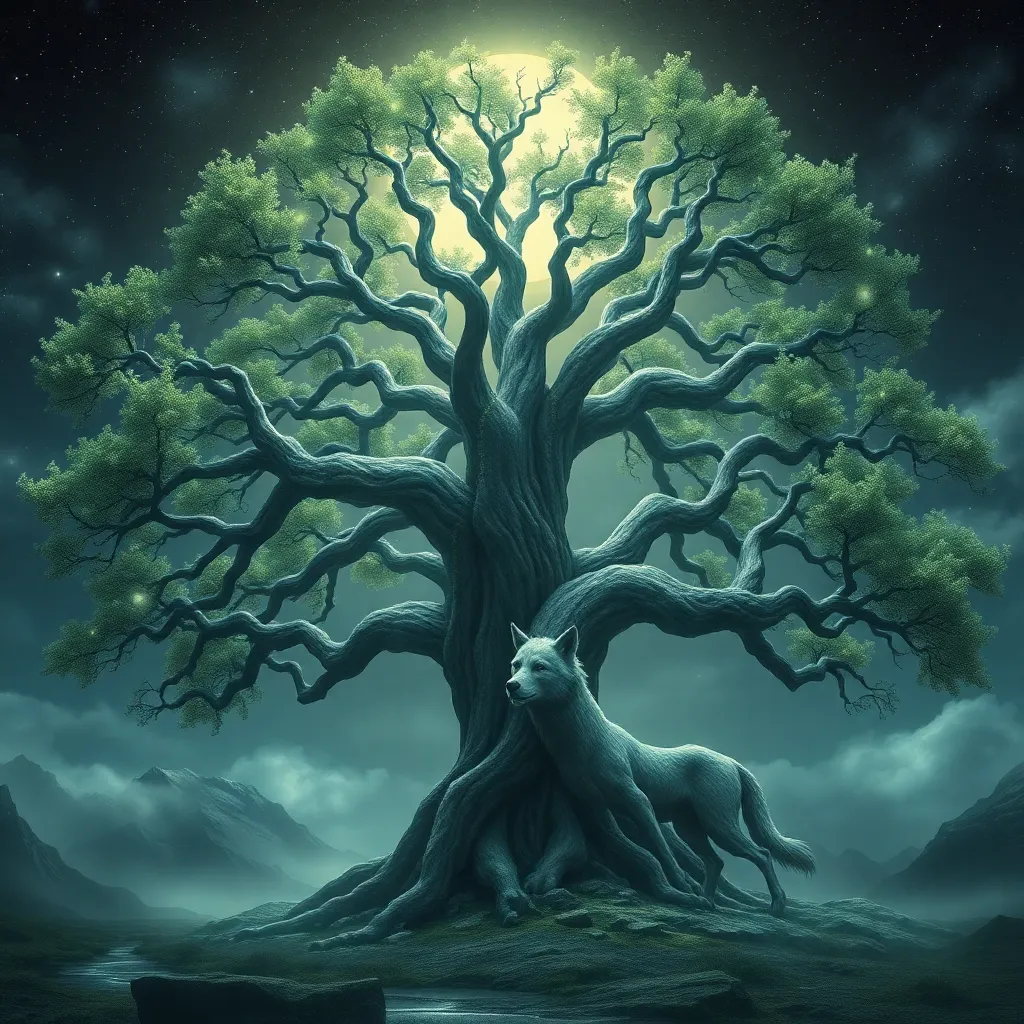Baba Yaga in Polish Mythology: Unveiling the Hag’s Role in Slavic Folklore
I. Introduction
Baba Yaga is a prominent figure in Slavic folklore, particularly within the realms of Polish mythology. She is often depicted as a fearsome hag who lives in a hut that stands on chicken legs, and her character embodies a complex mix of traits that range from benevolent to malevolent. Understanding Baba Yaga’s role in Polish mythology is crucial, as it sheds light on the cultural values, fears, and moral lessons of the Slavic people.
This article aims to explore the origins, characteristics, and cultural significance of Baba Yaga within Polish folklore. We will delve into her historical context, the duality of her character, and her influence on modern culture, providing a comprehensive overview of this fascinating figure.
II. Origins of Baba Yaga
The origins of Baba Yaga can be traced back to ancient Slavic beliefs and mythologies. Historical texts indicate that she may have evolved from various pre-Christian deities and spirits associated with nature, death, and the underworld.
A. Historical context of Slavic mythology
During the time of early Slavic tribes, folklore played a significant role in explaining natural phenomena and societal norms. Baba Yaga emerged as a symbol of the unknown and the chaotic forces of nature, reflecting the fears and reverence the Slavs held for the wild.
B. Evolution of the Baba Yaga figure through time
Over the centuries, Baba Yaga’s image has transformed from a goddess-like figure to a more complex character that encompasses various traits. Her appearances in folktales are often inconsistent, showcasing her multifaceted nature as both a villain and a helper.
C. Linguistic roots and interpretations of her name
The name ‘Baba Yaga’ itself has intriguing linguistic roots. ‘Baba’ translates to ‘grandmother’ or ‘old woman’ in many Slavic languages, while ‘Yaga’ may derive from words meaning ‘to stir’ or ‘to move.’ This suggests a connection to the transformative and unpredictable elements of her character.
III. Baba Yaga’s Characteristics and Traits
Baba Yaga is often depicted with distinct physical characteristics and personality traits that make her a memorable figure in folklore.
A. Physical appearance and common depictions
- Typically described as an old woman with a bony, emaciated body.
- Often portrayed with iron teeth, which enhance her fearsome image.
- Her dwelling, a hut on chicken legs, symbolizes her connection to the supernatural.
B. Personality traits: wise, frightening, and unpredictable
Baba Yaga embodies a dual nature; she can be both a source of wisdom and a terrifying antagonist. Her unpredictability adds to her mystique, as she is known for helping those who approach her with respect while punishing those who disrespect her.
C. Symbolic meanings attributed to her character
Baba Yaga represents various themes within Slavic folklore:
- The cycle of life and death.
- The transition from childhood to adulthood.
- The balance between nature and civilization.
IV. Baba Yaga’s Role in Polish Folklore
In Polish folklore, Baba Yaga is a figure of significant thematic importance, often reflecting the complexities of human nature and societal values.
A. Comparison to other Slavic representations of Baba Yaga
While Baba Yaga appears in various Slavic cultures, her representation in Polish tales often emphasizes her role as both a helper and a hindrance, demonstrating the duality of her character.
B. Thematic significance in Polish tales
Polish stories often highlight the moral dilemmas faced by characters who encounter Baba Yaga. These tales serve as cautionary narratives that explore the consequences of one’s actions and the importance of respect for the unknown.
C. Baba Yaga as a figure of duality: helper vs. hindrance
In many tales, Baba Yaga can assist protagonists by providing them with valuable knowledge or magical items, while in others, she poses significant challenges that test the characters’ resolve and morality. This duality serves to illustrate the complexities of human nature and the unpredictable forces of life.
V. Stories and Legends Featuring Baba Yaga
Numerous stories in Polish folklore feature Baba Yaga as a central character. Each tale reveals different aspects of her personality and the lessons to be learned from her encounters.
A. Overview of key tales from Polish folklore
- The Tale of the Three Sisters: In this story, Baba Yaga aids the youngest sister while punishing her older siblings for their arrogance.
- The Frog Princess: Baba Yaga plays a crucial role in the protagonist’s journey, providing wisdom that leads to the resolution of the tale.
- The Golden Bird: Here, Baba Yaga serves as both a hindrance and a guide, highlighting her complex nature.
B. Analysis of her interactions with heroes and heroines
In these stories, Baba Yaga’s interactions often reveal the protagonists’ character traits, testing their bravery, respect, and cunning. Her responses to their actions signal the importance of moral integrity and humility.
C. Moral lessons and cultural insights derived from these stories
The tales featuring Baba Yaga often impart valuable lessons, such as:
- The importance of respect for the elderly and the wise.
- Understanding the consequences of one’s actions.
- The necessity of courage and cleverness in overcoming challenges.
VI. Baba Yaga’s Influence on Polish Culture
Baba Yaga’s character has permeated various aspects of Polish culture, influencing literature, art, and popular media.
A. Representation in literature and art
Baba Yaga has been a subject of fascination for writers and artists. She appears in numerous literary works, from folk tales to modern interpretations, often embodying the themes of nature, femininity, and the supernatural.
B. Impact on modern interpretations and adaptations
In contemporary literature and media, Baba Yaga’s character has been reinterpreted, appearing in novels, graphic novels, and children’s books that explore her legacy in new and imaginative ways.
C. Baba Yaga in popular culture: film, theater, and beyond
Baba Yaga has also made her mark in film and theater, often depicted as a captivating character that explores the balance between good and evil. Her presence in popular culture continues to intrigue audiences and inspire new narratives.
VII. Comparative Analysis with Other Mythological Figures
When examining Baba Yaga, it is essential to consider her alongside other mythological figures from different cultures, as this comparison can reveal the broader archetypes present in folklore.
A. Similarities and differences with other witches in global folklore
Baba Yaga shares similarities with other witch figures, such as:
- La Llorona from Mexican folklore, who embodies themes of loss and motherhood.
- The Banshee from Irish mythology, representing death and prophecy.
However, Baba Yaga is unique in her dual role as both a helper and a hindrance, which sets her apart from more singularly malevolent figures.
B. Baba Yaga alongside figures like La Llorona and the Banshee
While La Llorona and the Banshee often symbolize sorrow and foreboding, Baba Yaga’s character is multifaceted, encompassing wisdom, fear, and the unpredictability of nature.
C. The archetype of the hag in mythology and its implications
The hag archetype, as represented by Baba Yaga, often challenges societal norms regarding femininity and power. This archetype reflects the fears and reverence toward older women in various cultures, often serving as a warning against dismissing their wisdom.
VIII. Conclusion
In summary, Baba Yaga holds a prominent and complex role in Polish mythology, embodying themes of duality, wisdom, and the unpredictable forces of nature. Her character offers valuable insights into the cultural values and moral lessons of the Slavic people.
As we reflect on her enduring legacy



